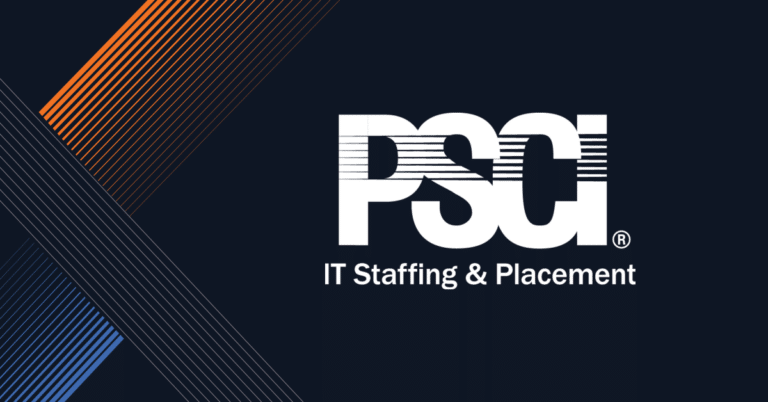The Macworld Conference & Exposition was a trade show dedicated to Apple’s Macintosh platform. Held annually each January, it was a conference many in the tech world – especially Apple enthusiasts – looked forward to. That’s because Apple would typically make new product announcements at the expo.
In 2001, Apple introduced iTunes. In 2003, Apple’s Safari web browser was introduced. And quite famously, at Macworld 2007, Steve Jobs introduced the iPhone mobile device.
While the Macworld conference no longer runs, with operations suspended indefinitely in 2014, new technologies are born and brought to market every year.
In this blog post, we reveal some exciting technologies expected to hit the market in 2022 as well as other IT trends expected to dominate the technological landscape.
Technologies to Expect in 2022
Domestic Robots
Robot vacuum cleaners (Roombas) and smart home speakers (e.g., Amazon Echo and Google Nest) have existed for quite a few years now. In 2022, however, Amazon is bringing what it believes will be the first general-purpose home robot to market.
Astro, the robot’s name, will come packed with cameras, a screen that’ll feature a set of expressive animated eyes, and a personality all its own. As it autonomously drives around your home, it can be used to check on loved ones and pets and will seek you out when you have a video call.
Perhaps its best feature, though, is that it can act as a roving security bot, keeping an eye out for intruders.
More Efficient and Longer Lasting Battery Tech
With more and more time being spent on battery operated devices, the need for longer lasting batteries is desperately needed.
In 2022, expect to see increased efficiency for existing electric-powered devices such as cars, scooters, phones, tablets, laptops and so on. Additionally, machines that were traditionally fueled by fossil fuels, like cars and airplanes, will now be more predominantly powered by electricity.
Improved Voice Search
Voice search is a technology that allows the user to use a voice command to perform a search on the Internet, a website, or an application.
I’m sure you’re well familiar with Apple’s voice search technology, “Siri.” I’m also sure you’ve grown quite frustrated with the virtual assistant when it can’t quite make out what you’re saying or conducts a search using the wrong search query.
Next year, however, the AI that powers the technology is expected to get more sophisticated and useful.
Non-Fungible Tokens
Are you familiar with the Nyan Cat? It was originally a YouTube video that became an internet meme. The video featured an animated cartoon cat with a Pop-Tart for a torso flying through space leaving a rainbow trail behind.
In February of this year, it sold as a Non-Fungible Token for over $500k!
Non-Fungible Tokens, also known as NFTs, are unique and non-interchangeable units of data stored on a digital ledger (blockchain). In essence, they’re digital “pieces of art” that cannot be duplicated, comparable to one-of-a-kind trading cards.
In 2022, we will see companies dabbling in the creation of NFTs for a fee. And with NFTs as silly as the Nyan Cat going for so much, it’s not hard to see why.
The IT Trends Expected in 2022
Increased Automation
Defined, automation is the creation and application of technologies to produce and deliver goods and services with minimal human intervention. Using artificial intelligence, and machine learning techniques, the process improves the efficiency, reliability, and speed of many tasks that were previously performed by humans.
Though it may seem that automation will eliminate jobs, it’s actually redefining the roles of entry-level IT workers and could help narrow the IT skills gap.
In 2022, expect to see more robotic process automation, natural language processing, and intelligent document processing.
Predictive Analytics
Predictive analytics is the use of data, statistical algorithms, and machine learning techniques to identify the likelihood of future outcomes based on historical data. It’s essentially predicting the future via an educated guess.
In the upcoming year, we’ll see more companies turning to predictive analytics in an attempt to gain a competitive advantage and increase their bottom line.
The presence of faster, cheaper computers, easier-to-use software, and a need for competitive differentiation brought on by tougher economic conditions are all driving the trend.
Low-Code/No-Code Solutions
Low-code platforms are aimed at developers. Though they require technical knowledge, they allow coders to work faster. No-code platforms on the other hand, target business users allowing them to build software applications without the need to write code.
The advantages of such platforms are its speed, with organizations able to develop an application as much as 10x faster than through traditional methods.
Expect to see greater adoption of these solutions next year.
Cyber Risk Scoring
With users rightfully placing a huge emphasis on cybersecurity, the ability for companies to communicate effective cybersecurity practices to the public will be paramount now and into the future.
Cyber risk scoring is aimed at doing just that. Comparable to a credit score, a cyber risk score will identify an organization’s level of exposure to cybercrime and the liabilities that stem from IT vulnerabilities. Organizations will then be required to maintain a certain number to qualify as safe.








